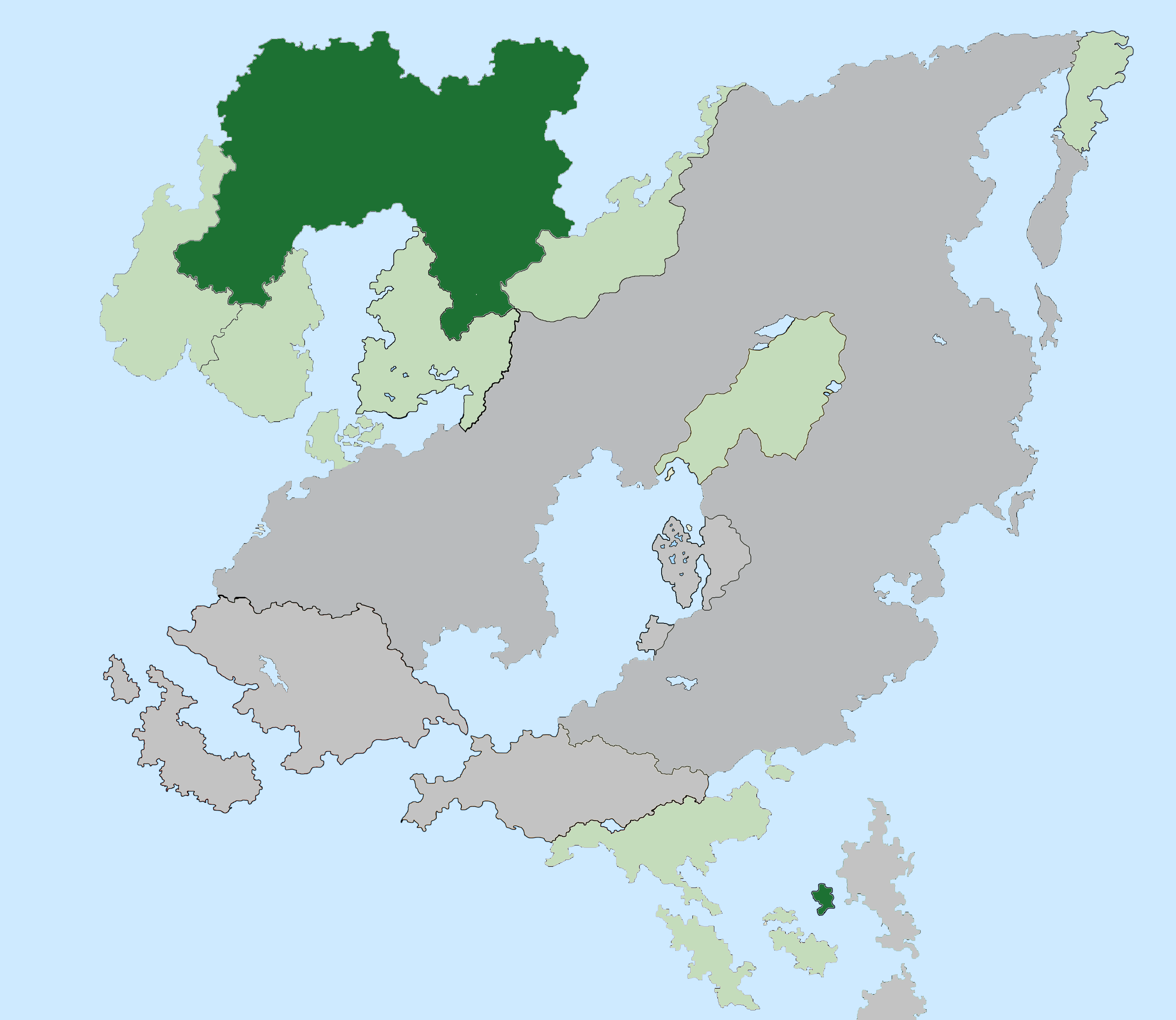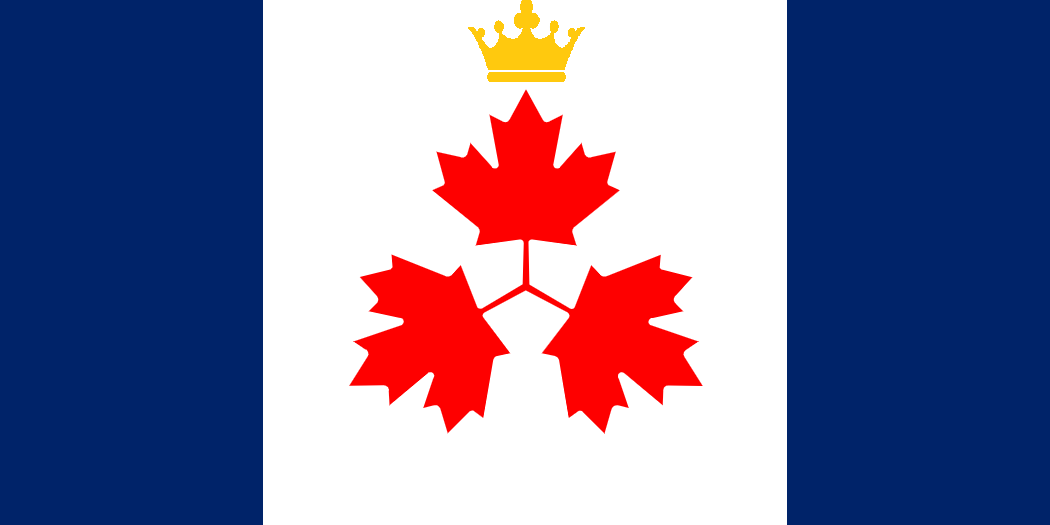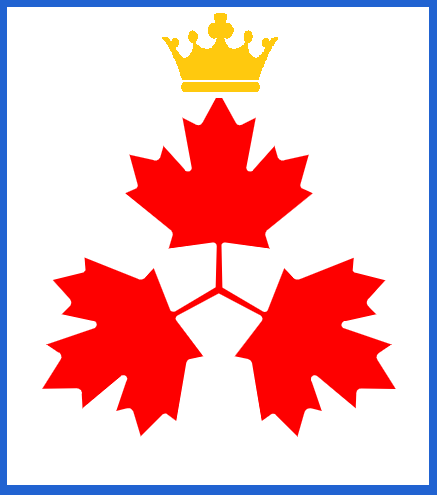Candanadium: Difference between revisions
No edit summary |
|||
| Line 179: | Line 179: | ||
===Arts and Literature=== | ===Arts and Literature=== | ||
===Cuisine=== | ===Cuisine=== | ||
Candanadium is renowned internationally for its production of beers and wines, particularly its roasted dark lager, or Dunkelbier, and aromatic white wines. Traditional Kanadiaans cooking is mainly comprised of red meats and root vegetables, such as potatoes and carrots, however, Oseanian and Akarean influences are present in modern Candanadian cuisine, like the use of rice, flatbreads, and other sources of carbohydrates. Moose schnitzel is a unique Candanadian dish, mixing a Kanadiaans recipe with a traditional meat of the Oseanians, usually served with thick-cut fries, lemon juice, and mustard mayonnaise. Rice, not native to Great Kaltachia, has become a staple food after the Akareans introduced it to the continent in the 17th century. However, many Candanadian variations of the dish exist, including rice steamed with garlic and beef, commonly called Steigerreis, as it was popular among mine workers in Eisenstaat. Rice flavoured with butter, parsley, and steamed with chicken is popular in Oseania, where it is called spring rice. Coarse, brown rice is more common and popular than white rice in Candanadium, due to its texture and price, and is often eaten as a side with meat and vegetables. Flatbreads are also popular, as due to the cold weather, it is easier and quicker to bake bread without letting it rise first. Candanadian flatbread is doughy and can be stuffed with meat, salad, and sauces to create quick sandwiches, which can be found from Belkhomir to the Westland. Black bread, especially rye bread, is also popular and can be eaten alone or with butter, fruit preserves, cream cheese, or pickled vegetables. Pickled cabbage, or Sauerkraut, is also a very popular side dish, and can be eaten alone or as a condiment, akin to relish. Sausages and ham are also found throughout the country, with each region having its own variations. Some popular variations include boerewors, or farmers' sausage, in Caskhomir, Brühwurst, or boiled sausage, in Eisenstaat, and black sausage (made with liver and black pudding), in Oseania. Cheeses are often eaten alongside sausages and are usually soft, but hard cheeses exist for grating and use in sauces. | |||
Modern-day Candanadian cooking focuses on texture and flavour more than presentation, with spices such as stars anise, bay leaves, dill, and parsley often being used. Rice and breads are Candanadian staple foods, with black bread and rye bread being the most popular. Moose lard is sometimes used in casual diners in lieu of cooking oil, giving foods a more gamey, creamy texture. Regular alcohol consumption is not viewed as taboo, and most Candanadians will often enjoy some Dunkelbier with a meal. Maple mead is commonly drunk in bars as a stronger and sweeter alternative to beer. | |||
Wine is produced along the Maple Bay coast and in Caskhomir. Most wine production outside of Caskhomir is white, with fuller-bodied white wines produced in the Caskhomirian microclimate. | |||
===Sport=== | ===Sport=== | ||
Revision as of 23:17, 16 March 2025
Kingdom of Candanadium Königreich Kandanadium | |
|---|---|
| Motto: None official, traditionally: The Maple Leaves Forever Hoch Ahornlaub (Up the maple leaves) Magnar hoch (Up the House of Magnar) Long live the King Magnar and the Isle (Kanadiaans: Magnar und die Insel, traditional battle cry) | |
| Anthem: "The Maple Leaves Forever" Royal anthem: "Wilhelmus von Magnare" | |
 Location of Candanadium in Great Kaltachia | |
| Capital and largest city | New Konigstadt |
| Official languages |
|
| Recognised regional languages |
|
| Ethnic group(s) (2016) | 86.3% Kaltach - 39.3% Kanadiaans - 34.5% Oseanian - 4.5% Caskaans - 4.2% Trefjalli - 3.8% other Kaltach 6.3% Oriental - 4.3% Akarean (including Hautsing) - 2.0% other Oriental 7.4% Other |
| Religion (2016) | 66.3% Church of Eostre in Candanadium<br?11.7% Oseanian Faith 6.4% Other Eostrist denominations 5.0% Church of Our Lady of Caskhomir 10.6% Other/Irreligious |
| Demonym(s) | Candanadian |
| Government | Federal parliamentary semi-constitutional monarchy |
• Monarch | King Herman IV von Magnar |
• Chancellor | Pieter von Juppertal |
• Lord President of the Privy Council | Elliott Taylor-Broadview, The Duke of Aylstead |
• Lord Speaker of Parliament | Gabriel Luther |
• Lord High Justice | Brian Lexington |
| Legislature | Federal Crown Council |
• Upper house | The King's Privy Council |
• Lower house | Parliament of Candanadium |
| Established from the Confederation of the Realms of the Conqueror | |
• Wilhelmus von Magnare lands in Belkhomir | 1107 |
• Kanadiaans Conquest ends | 1111 |
• Decentralization of Wilhelmus' empire | 1257 |
• The War of the Cask | 1666 |
• Confederation of the Realms of the Conqueror formed | 1700 |
• Kingdom of Candanadium formed | November 11, 1783 |
• Last polity (Caskhomir) admitted | June 25, 1965 |
| Population | |
• 2016 census | 122,163,289 |
| GDP (nominal) | estimate |
• Total | KAT $6.6 trillion |
• Per capita | KAT $54,033 |
| Currency | Candanadian thaler (KAT) In Belkhomir: Belkhomirian ducat (BKD) In Caskhomir: Caskhomirian rand (CSR) |
| Time zone | Trefjall Time (TET, TET+0) Candanadium Central Time (CCT, TET+1) Oseanian Time (OST, TET+2) Candanadium Eastern Time (CET, TET+3) Hautsing Time (HST, TET+8) |
| Calling code | +11 |
| Country code | CDM |
| Internet TLD | .ka |
Candanadium (Kanadiaans: Kandanadium), Officially the Kingdom of Candanadium (Kanadiaans: Königreich Kandanadium), is a Kingdom in Great Kaltachia with one province in the Orient. It is home to a population of around 122 million Candanadians, most of which are from Kanadiaans or Oseanian descent, though it is also home to ethnic minorities such as the Trefjalli and the Caskaans, as well as a large Akarean immigrant community. Candanadium is bordered on the north by the Sea of the Cape, on the south by Kreyermark and Alpenraum, on the east by Varskhomir and on the west by Trefjall. Candanadium also shares maritime borders with Hykko and the Akarean Union through the province of Hautsing. Candanadium comprises seven provinces (Candanadian Capital Region, Fischerstaat, the Westmark, Oseania, the Northern Cape, Eisenstaat, and Hautsing) and two autonomous regions (Belkhomir and Caskhomir). Candanadium, alongside its two autonomous regions, is a member of the Kaltach Union and a signatory to the Candanadian-Trefjalli Mutual Defence, Freedom of Movement, and Free Trade Agreement. Candanadium and its two autonomous regions are represented collectively in the World Congress as the Kingdom of Candanadium.
For most of Candanadium's history, what is currently modern-day Candanadium existed as hundreds independent states, varying greatly in size. By the start of the 18th century, several "Great States" (Kanadiaans: Großstaaten) would emerge following a series of wars, treaties, and political marriages. They include the Kingdom of Magnarstaat (modern Candanadian Capital Region and parts of Fischerstaat and Westland), the Kingdom of Fischerstaat (Fischerstaat), the Principality of the Westmark and the Cape (Westmark and the Northern Cape), the Republic of Caskhomir (Caskhomir), the Kingdom of Oseania (Oseania), the Grand Duchy of Eisenstaat (Eisenstaat), and the Kingdom of Belkhomir (Belkhomir). The Kingdom of Candanadium was created in 1783, as part of the Enlightenment in Great Kaltachia, when the kings of Magnarstaat and Fischerstaat joined their lands as a reaction to popular nationalist movements across the Confederation of the Realms of the Conqueror (Kanadiaans: Staatenbund der Reiche des Eroberers), a loose confederation of Kanadiaans- and Oseanian-speaking states formed after the War of the Cask. Eventually, the remaining of the continent consented to join the newly created kingdom, with the exception of the Kingdom of Belkhomir and the Republic of Caskhomir. The formation of a unified Candanadium contributed to the emergence of the Kaltach Rebirth and a period of cultural, political, and economic ascendency for the Kaltach world. Belkhomir would join Candanadium following its defeat in the Second Belkhomirian War of 1940, an ill-fated invasion attempt of eastern Oseania. The Republic of Caskhomir would later join the Kingdom as an Autonomous Region like Belkhomir in 1965 after a popular referendum.
Modern-day Candanadium has emerged as the indisputable leader of the Kaltach Union and is one of the most dominant economies in the west. Candanadium is also one of the most diverse nations in the world, with two main ethnic groups, several minority groups, and a large immigrant community.
Etymology
History
Pre-History
The Kanadiaans Conquest
Post-Conquest Era
First Belkhomirian War
Decentralization of the Holy Realm of the Kanadiaans and Oseanians
The War of the Cask
The Founding of Candanadium
Candanadian Colonies
The Candanadian Civil War
The Jokullheime Raids
The First Edofasian Crisis
The True Northern Front
The Tara Insurgency
The Incorporation of Caskhomir
The Second Edofasian Crisis
Present Day
Geography
Demographics
Population
Languages
Religion
Largest Cities
Government
The Federal Crown Council
Supreme Court of Candanadium
Federalism
Foreign Relations
Military
Economy
Culture
Holidays
Arts and Literature
Cuisine
Candanadium is renowned internationally for its production of beers and wines, particularly its roasted dark lager, or Dunkelbier, and aromatic white wines. Traditional Kanadiaans cooking is mainly comprised of red meats and root vegetables, such as potatoes and carrots, however, Oseanian and Akarean influences are present in modern Candanadian cuisine, like the use of rice, flatbreads, and other sources of carbohydrates. Moose schnitzel is a unique Candanadian dish, mixing a Kanadiaans recipe with a traditional meat of the Oseanians, usually served with thick-cut fries, lemon juice, and mustard mayonnaise. Rice, not native to Great Kaltachia, has become a staple food after the Akareans introduced it to the continent in the 17th century. However, many Candanadian variations of the dish exist, including rice steamed with garlic and beef, commonly called Steigerreis, as it was popular among mine workers in Eisenstaat. Rice flavoured with butter, parsley, and steamed with chicken is popular in Oseania, where it is called spring rice. Coarse, brown rice is more common and popular than white rice in Candanadium, due to its texture and price, and is often eaten as a side with meat and vegetables. Flatbreads are also popular, as due to the cold weather, it is easier and quicker to bake bread without letting it rise first. Candanadian flatbread is doughy and can be stuffed with meat, salad, and sauces to create quick sandwiches, which can be found from Belkhomir to the Westland. Black bread, especially rye bread, is also popular and can be eaten alone or with butter, fruit preserves, cream cheese, or pickled vegetables. Pickled cabbage, or Sauerkraut, is also a very popular side dish, and can be eaten alone or as a condiment, akin to relish. Sausages and ham are also found throughout the country, with each region having its own variations. Some popular variations include boerewors, or farmers' sausage, in Caskhomir, Brühwurst, or boiled sausage, in Eisenstaat, and black sausage (made with liver and black pudding), in Oseania. Cheeses are often eaten alongside sausages and are usually soft, but hard cheeses exist for grating and use in sauces.
Modern-day Candanadian cooking focuses on texture and flavour more than presentation, with spices such as stars anise, bay leaves, dill, and parsley often being used. Rice and breads are Candanadian staple foods, with black bread and rye bread being the most popular. Moose lard is sometimes used in casual diners in lieu of cooking oil, giving foods a more gamey, creamy texture. Regular alcohol consumption is not viewed as taboo, and most Candanadians will often enjoy some Dunkelbier with a meal. Maple mead is commonly drunk in bars as a stronger and sweeter alternative to beer.
Wine is produced along the Maple Bay coast and in Caskhomir. Most wine production outside of Caskhomir is white, with fuller-bodied white wines produced in the Caskhomirian microclimate.


